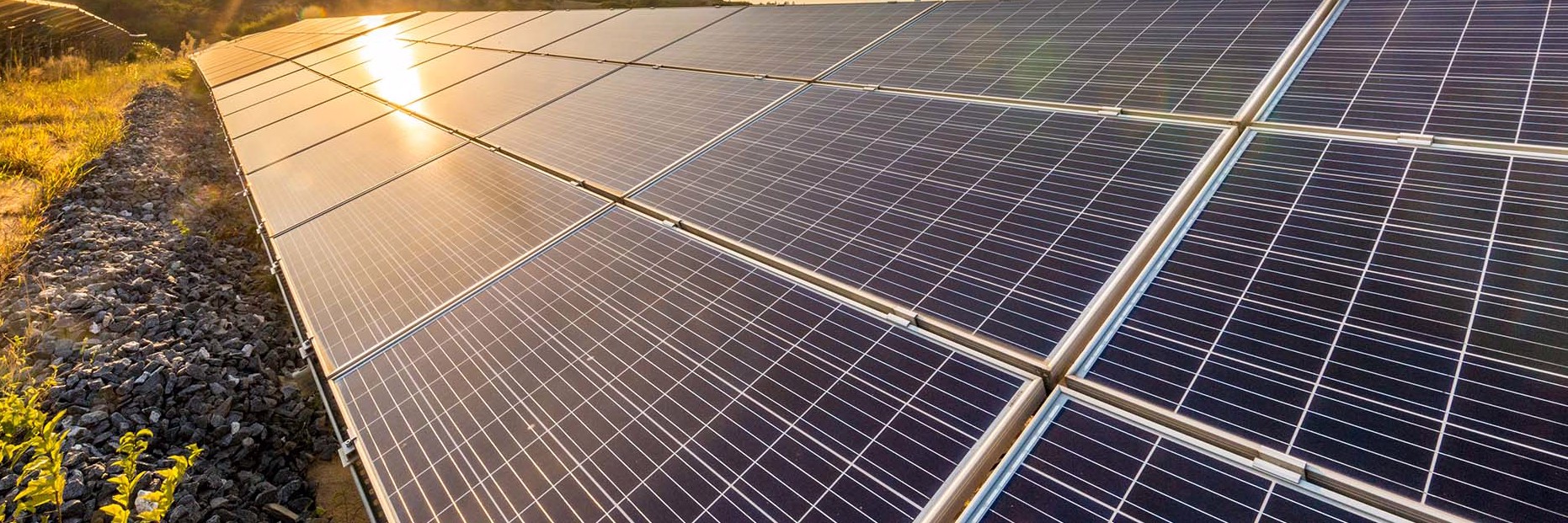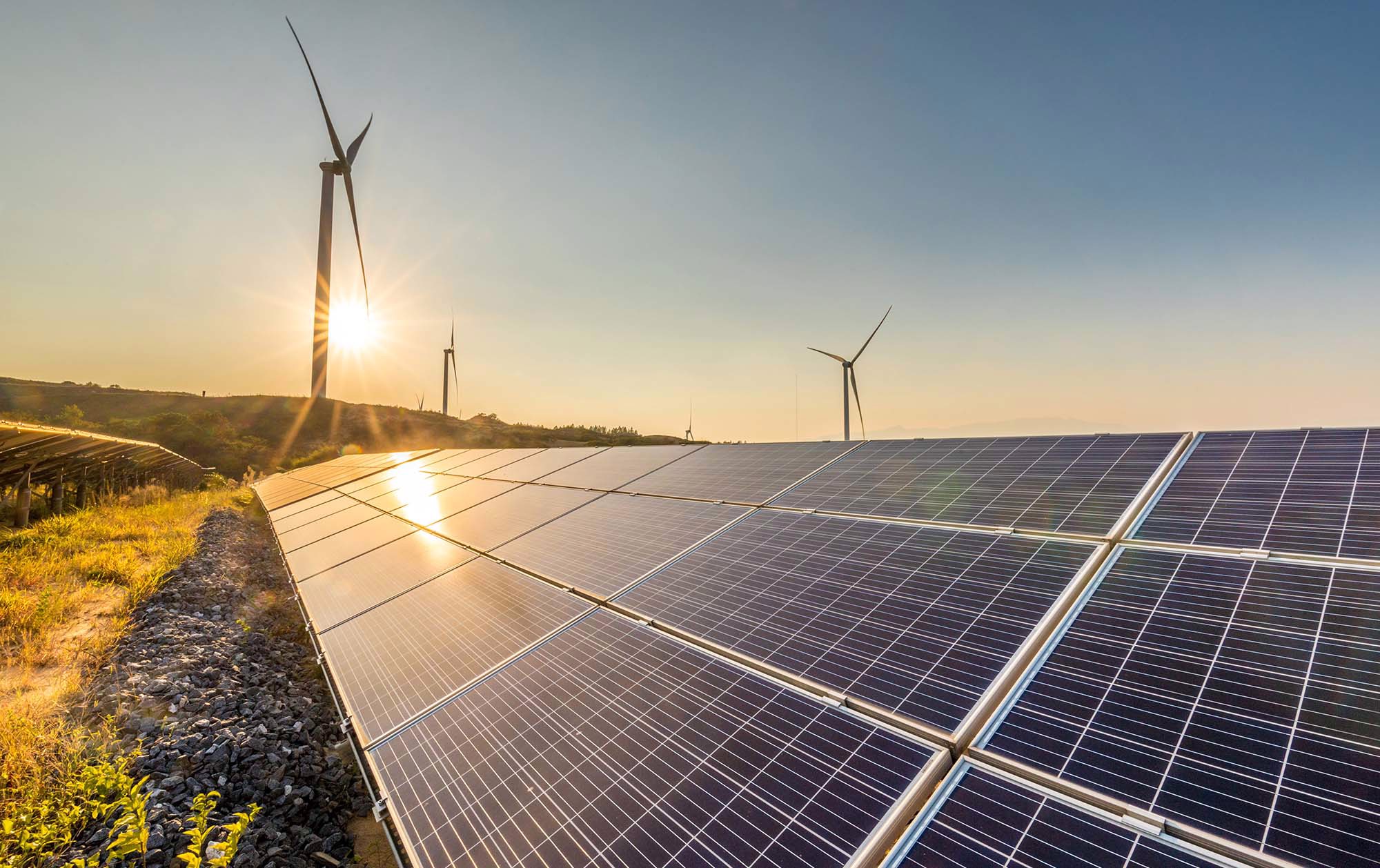Around 40-45% of the polysilicon used in solar panels comes from Xinjiang province in China where the UN Special Rapporteur on Contemporary Forms of Slavery concluded that forced labour is used.[1]
Worldwide solar generation is projected to grow by 450% and may account for 76% of the global electricity supply by 2050.[2] Here in New Zealand a similar trajectory of growth is expected with Transpower in its October 2023 Whakamana i Te Mauri Hiko Monitoring Report stating that solar still makes up the largest share of advanced projects with 76.8% of projects at investigation stage or later.[3]
With solar energy projects currently leading the charge in our journey to electrification, what steps can the Government take to protect vulnerable people?
New Zealand's legal position
New Zealand currently has no laws or regulations managing the risks of modern slavery in supply chains, although the previous Government did develop a “Plan of Action” to combat modern slavery as part of fulfilling New Zealand’s international commitment under the International Labour Organization’s Forced Labour Protocol. As part of the Plan, consultation was undertaken by the Ministry of Business, Innovation and Employment on what modern slavery legislation could look like (refer to our previous publications on this here). We will need to wait and see what the new Coalition Government’s policy will be in this space and how they will advance the Plan.
International approaches
Legislative responses from around the world range from a supply-chain reporting approach, where the risk of modern slavery is focused on businesses and supply-chains by requiring businesses to prepare annual reports on modern slavery risks, to the more recent human rights due diligence approach. Most of our major trading partners now have some form of modern slavery legislation in place, including the United Kingdom, European Union, France, Germany, Canada, and Australia.
These approaches should be supported and will assist with ensuring that the use of solar energy in a jurisdiction is not at the cost of causing increased modern slavery. However, the lack of a uniform approach may lead to a bifurcated supply chain emerging, where “slavery-free” supply chain markets serve these regulated markets, but a “slave-made” market emerges in other non-regulated markets. This splitting of the markets could simply increase costs and reduce innovation without addressing the modern slavery issue.[4]
Across the ditch, a new Code of Practice to manage the risks of modern slavery exposure in renewable energy supply chains is being developed. Initially expected to be finalised (after public consultation) in March 2024, the draft Code does not appear to have been published yet. This initiative is spear headed by the Clean Energy Council of Australia and the New South Wales anti-slavery commissioner, James Cockayne.
In Europe, the EU is currently progressing a regulation to prohibit products made with forced labour from the EU market. This regulation will prohibit both EU and Non-EU companies from placing products made with forced labour in the EU market or exporting them from the EU. This regulation will complement the already existing Corporate Sustainability Reporting Directive that requires certain businesses to report and disclose information on their societal and environmental impact and the Corporate Sustainability Due Diligence Directive, which is also currently being progressed through the European Parliament and will require certain businesses to undertake risk-based human rights and environmental due diligence.
In the USA, import bans are one of the tools used to combat modern slavery. Under the Uyghur Forced Labor Prevention Act there is a presumption that goods produced from the Xinjiang province are made with slave labour. To import goods from the region, the receiver of these goods is required to prove that the goods are not made from slave labour. In 2022 the US detained 2GW worth of solar PV modules at its customs border on the basis that they were suspected – and could not prove otherwise – of containing materials produced using forced labour. In addition, California has had supply chain reporting requirements in place since 2012.
Market expectations in the renewable energy sector
Although New Zealand does not currently have any modern slavery reporting laws or regulations restricting the use of solar materials from areas such as the Xinjiang province, such laws and regulations are becoming common. We are seeing a general increase in demand from regulators, business partners and investors, and consumers for more sustainable supply chains, which includes social sustainability and the protection of human rights.
This trend is increasingly requiring businesses to address issues of modern slavery in their supply chains. Contracts for the development of wind farms in New Zealand can provide for contractual restrictions and processes to identify and prevent the use of materials from parts of the world where modern slavery is a known issue. Often offshore developers/contractors are part of global companies where their corporate ESG commitments and/or regulatory ESG obligations require compliance with corporate conduct policies.
Financiers of solar farm projects are also increasingly requiring assurances in relation to modern slavery and other social risks as they face mounting pressure to ensure their investments do not support or benefit from these matters. Such assurances may take the form of up-front structured due diligence to identify, prevent and mitigate the risks of modern slavery (prior to final credit approval) and ongoing requirements to comply with relevant laws and regulations and maintain processes to monitor such compliance (and, if necessary, remediate). Financiers may even apply exclusion criteria related to modern slavery for certain investments.
Whilst the market does seem to be reacting to the issues of modern slavery, time will tell if the new Coalition Government seeks to legislate in this area.
Footnotes
[1] The UN Special Rapporteur on Contemporary Forms of Slavery similarly observed in a report to the UN Human Rights Council in September that ‘it is reasonable to conclude that forced labour among Uighur, Kazakh and other ethnic minorities in sectors such as agriculture and manufacturing has been occurring in the Xinjiang Uighur Autonomous Region of China’.
[2] Dmitrii Bogdanov et al (2021) Energy volume 227, article number 120467
[3] Refer to: https://www.transpower.co.nz/about-us/our-strategy/whakamana-i-te-mauri-hiko-empowering-our-energy-future
[4] University of Nottingham Rights Pab, report “The Energy of Freedom”, modern slavery and the Just Transition, Prof. James Cockayne, Dr E Rodriguez-Huerta and Dr O Burcu, March 2022









